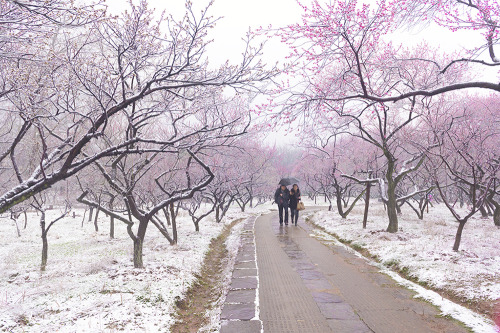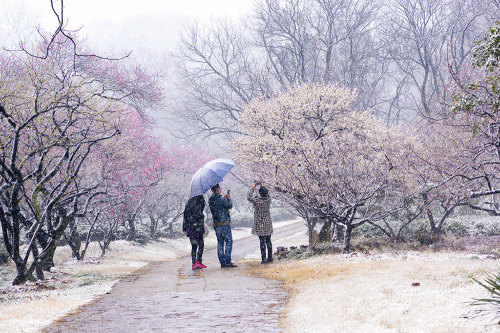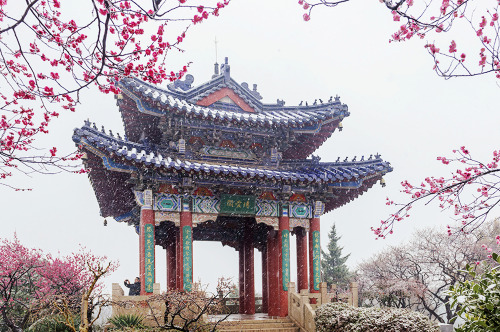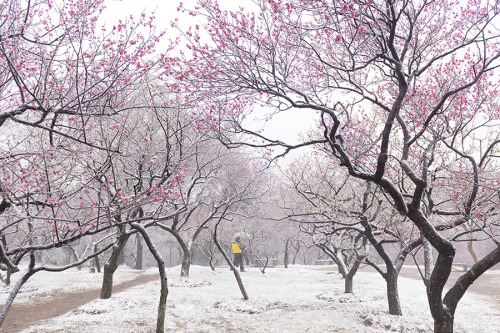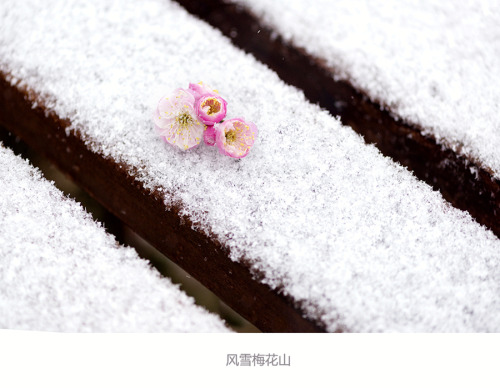Follow Your Passion: A Seamless Tumblr Journey
East Asia - Blog Posts

日本の考古学と科学思想の歴史。 第3章 : 日本の考古学者の皆さん、哲学的観点から見た新しい日本考古学へようこそ。 - 1868年当時、日本にはヨーロッパやアメリカで見られるような科学的根拠はありませんでした。日本がその精神やその一部を開放したのは、1868年から1869年の戊辰戦争後になります。米国のような国は日本の科学をモデルにするだろうから、非常に保守的だった。 日本で骨董品への関心が芽生えたのはいつ頃ですか? 江戸時代にはすでに骨董品への関心があったことが知られており、はるか昔にヨーロッパでも同様のことが起こりました。 日本の発掘の始まりは19世紀のほぼ終わりに始まり、数年前に日本でいくつかのローマ硬貨が発見されました。どうやら日本の封建領主は古遺物を収集するのが好きでした。おそらくそれらは中国のどこかの港から海岸に到着しました。日本語。 - 過去を知りたいという欲求は、どの大陸に属していても、すべての人類に共通のものであり、問題の時代についても同じことが言えます。 ヨーロッパやアメリカの様々な勢力が日本に到来したとき、彼らはその住民に影響を与えました。そのため、日本人によって日本考古学の父と考えられているエドワード・モースを、他の登場人物の中でも特に取り上げています。 19 世紀には、アメリカ哲学の最も偉大な学派の 1 つであるテイラー主義があり、これは台湾で考古学的発掘を行い、中国および韓国との関係を確立する日本の考古学の最も偉大な人物の 1 人である鳥居龍蔵に影響を与えることになります。 - 気に入っていただければ幸いです。今後の投稿でお会いしましょう。良い一週間をお過ごしください。 - HISTORY OF JAPANESE ARCHEOLOGY AND SCIENTIFIC THOUGHT. Chapter 3 : Welcome, Japanesearchaeologicalists, to a new installment of Japanese archaeology, seen from a philosophical point of view. Having said that, get comfortable and let's begin. - In 1868 Japan did not have a scientific base per se as we can see in Europe or the United States, it will be after the Boshin War of 1868-69 when Japan opened its mentality or part of it, since a good part of the population was very conservative because Countries like the United States would model Japanese sciences. When did interest in antiques arise in Japan? It is known that in the Edo period there was already interest in antiquities, something similar happened in Europe a long time ago. The beginning of the Japanese excavations began almost at the end of the 19th century, a few years ago some Roman coins were discovered in Japan, apparently a feudal lord in Japan liked to collect antiquities, they probably arrived from some port in China to the coasts Japanese. - The desire to know the past is something that all human beings share, no matter what continent you belong to and the same can be said about the era in question. When the different powers from Europe and the United States arrived in Japan, they influenced its inhabitants, thus we have, among other characters, Edward Morse, considered by the Japanese, the father of Japanese archaeology. During the 19th century we have one of the greatest schools of American philosophy, Taylorism, which will influence one of the greatest figures of Japanese archeology Torii Ryūzō who will carry out archaeological excavations in Taiwan, establishing relations with China and Korea. - I hope you liked it and see you in future posts, have a good week.
Review: Oldboy (2003)
Rating: 9.0 of 10
Oh Dae-Su (Choi Min-sik), a drunken and crass office-worker, was locked up in a mysterious hotel room for 15 years for no apparent reason. He was confused and desperate at first, and ended up just plain angry. When he eventually got out, with the help of one sushi-bar worker, he was determined to find out why he was held and the identity of his captor to take revenge.
Oldboy (actually based on a Japanese manga of the same name) is one of the most popular and acclaimed example of South Korean cinema in international stage, frequently listed as one of the best movies of all time and is firmly ingrained in the minds of modern cinephile. After earning cult status with Oldboy, Director Park Chan-wook eventually directed his first English-speaking movie, Stoker, in 2013 with Nicole Kidman and Mia Wasikowska, and Oldboy itself was remade by Hollywood with Spike Lee directing and Josh Brolin as lead (with less critical acclaim). I can’t tell you the merits of those two films, but I can tell you that Oldboy is very deserving of its cult favorite status.
Lacking normal social skills due to more than a decade being confused and alone, it was clear that Dae-su was a changed man, forever scarred by the absurd circumstance of his life. Dae-su was volatile and dangerous, a far cry from his previous buffoon self, and Choi Min-sik was equally believable as both. With range not unlike Robert de Niro in his best years, Choi Min-sik frequently changes from incredibly cold and menacing, to incredibly sad and pitiful without a blink of an eye.
With the absurdity of its premise, Oldboy had a perfect tone. Definitely not a typical grim-revenge story, it managed to keep a degree of surrealness—palpable from the moment we see Dae-su nagging in the police station but cemented the moment the octopus-eating scene arrived—only grounded by the sight of violence and blood. Inventive and highly stylish in its violence, the film is definitely not for the squeamish, but the actual horrors was largely visceral and psychological instead of purely gross visual. Oldboy is also partly a detective tale and partly a coming-of-age story (whatever age that is), providing much more layers to a simple vengeance story.

TL;DR With memorable images and moments throughout, Oldboy is a fascinating, heartbreaking, and stylish work about revenge.
More of Satria and Arya Yusri
+ a bit of shitposting because I haven't made any serious art lately
Totally unrelated but Satria is Sasak+Chinese and Arya Yusri is Papuan+Javanese. Satria is a bi/pan, he/they non-binary king and Arya Yusri is a trans, genderfluid icon. But yea. Anyways,
Shitposts lmao


Alright, have a good day :D








I CAN'T BELIEVE I FORGOT TO POST THESE











princess peach icons









All about Hanok, the Korean traditional home, using the oldest surviving example of the Maeng clan haeng-dan! It is an example of architecture from the beginning of the Joseon dynasty (start:1392) which has been maintained according to the old way of building.
The name 행단 refers to a place with a gingko tree, which makes reference to Confucius teaching pupils under a gingko tree. In Joseon, Confucian culture became a main part of the national culture, replacing previous national Buddhism in Goryeo dynasty.

The Lotus building is a building in China inspired by the 3 stages of a lotus flower blooming, from bud to open bloom
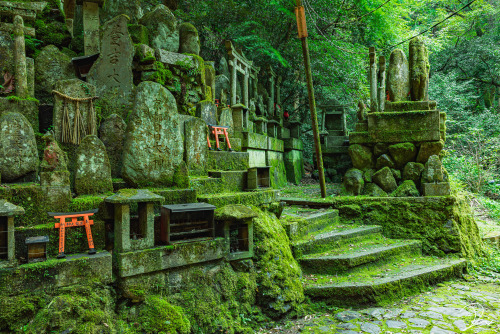
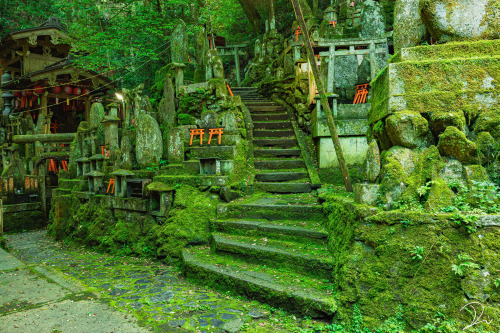


Fushimi Inari Shrine was founded in 711 by the Hata family, over 80 years before Kyoto became the capital of Japan, in 794. The shrine’s principal deity is Ukanomitama-no-Mikoto - a mythical figure who is the goddess of rice and food, and who is closely identified with the (rather nebulous) god Inari.[wiki]. Photography by うさだだぬき ⛩usadanu.eth
@usalica








凤栖山fengqi moutain, chongzhou崇州, chengdu, sichuan province
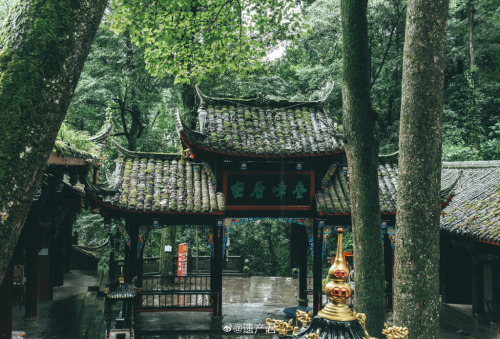








青城山, qingcheng mountain, sichuan province by 遗产君

Fukashi Castle,Matsumoton Nagano Prefecture, Japan,
Photography by h1roya



角屋(島原・京都)Shimabara, Kyoto
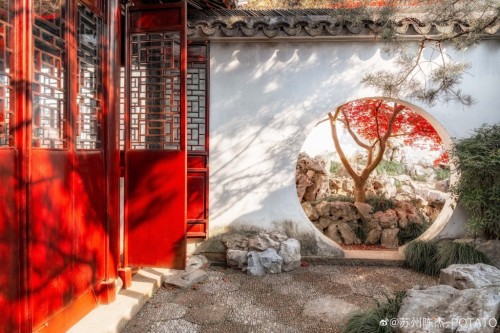








艺圃yipu garden, suzhou, jiangsu province by 苏州陈杰-POTATO

Kyoto Arashiyama. Photography by wasabitool(H.Fujinami)
@wasabitool

Hase-dera, commonly called the Hase-kannon is one of the Buddhist temples in the city of Kamakura in Kanagawa Prefecture, Japan, famous for housing a massive wooden statue of Kannon. The temple originally belonged to the Tendai sect of Buddhism, but eventually became an independent temple of the Jōdo-shū.[Wikipedia]. Photography by criss1016

Himeji Castle, Japan. 𝐣 𝐚 𝐩 𝐚 𝐧 𝐮 𝐧 𝐢 𝐯 𝐞 𝐫 𝐬 𝐞 🍜
@japuniverse
![[May 2019] Seoul, Korea](https://64.media.tumblr.com/5a2be1e79437a133406c26fa5f218568/acdc1043b54144f5-fe/s540x810/5e55af1eae8c9b593f0ea33700029af11d2e62f9.jpg)
[May 2019] Seoul, Korea
Check out my IG: @vfc.jpg









Mu Fu Mansion in Lijiang, Yunnan, China. | Illustrator 程文瀚 Cheng Wenhan


Photography by zookomi0124
@zookomi0124




Atago Nenbutsu-ji. Photography by Mizuki Tanaka
@tm_9729


























